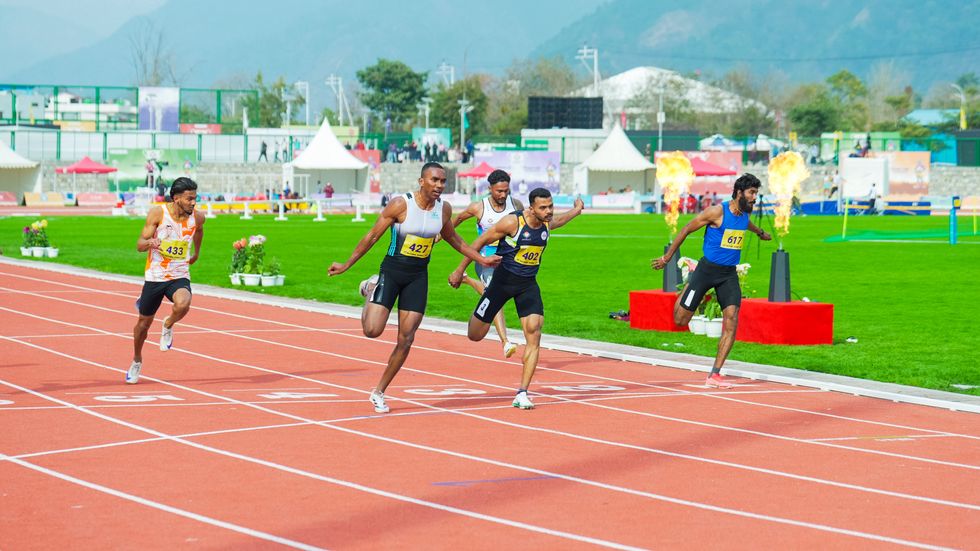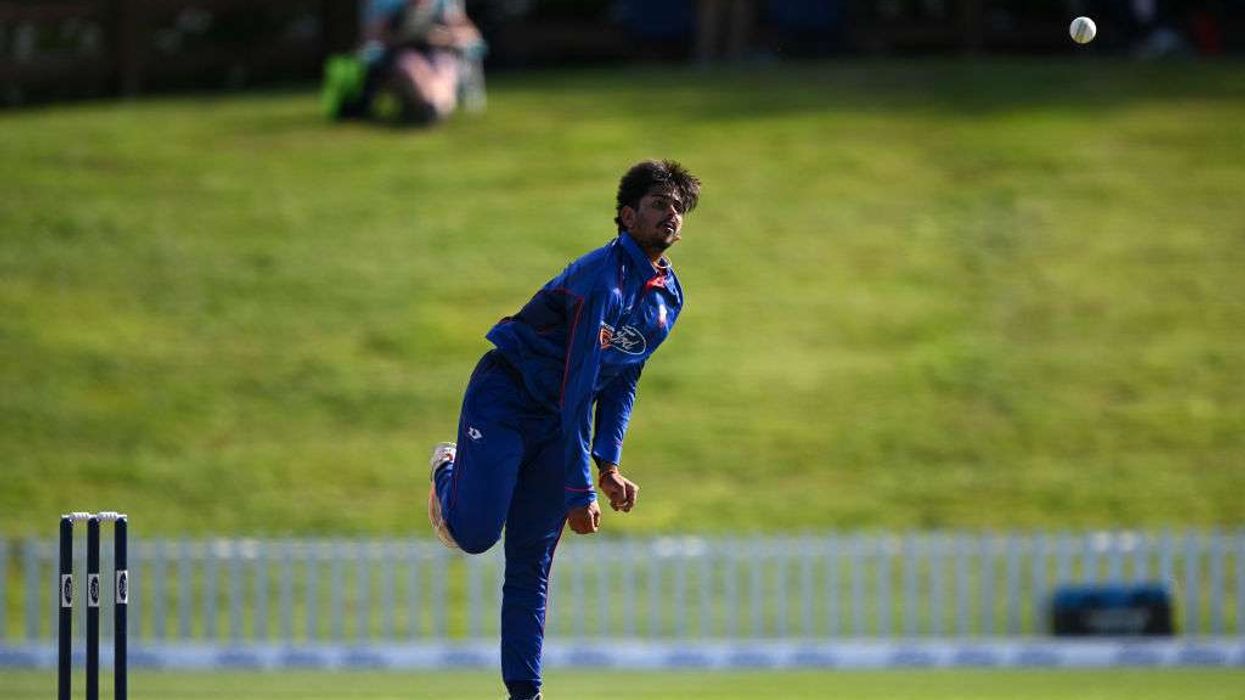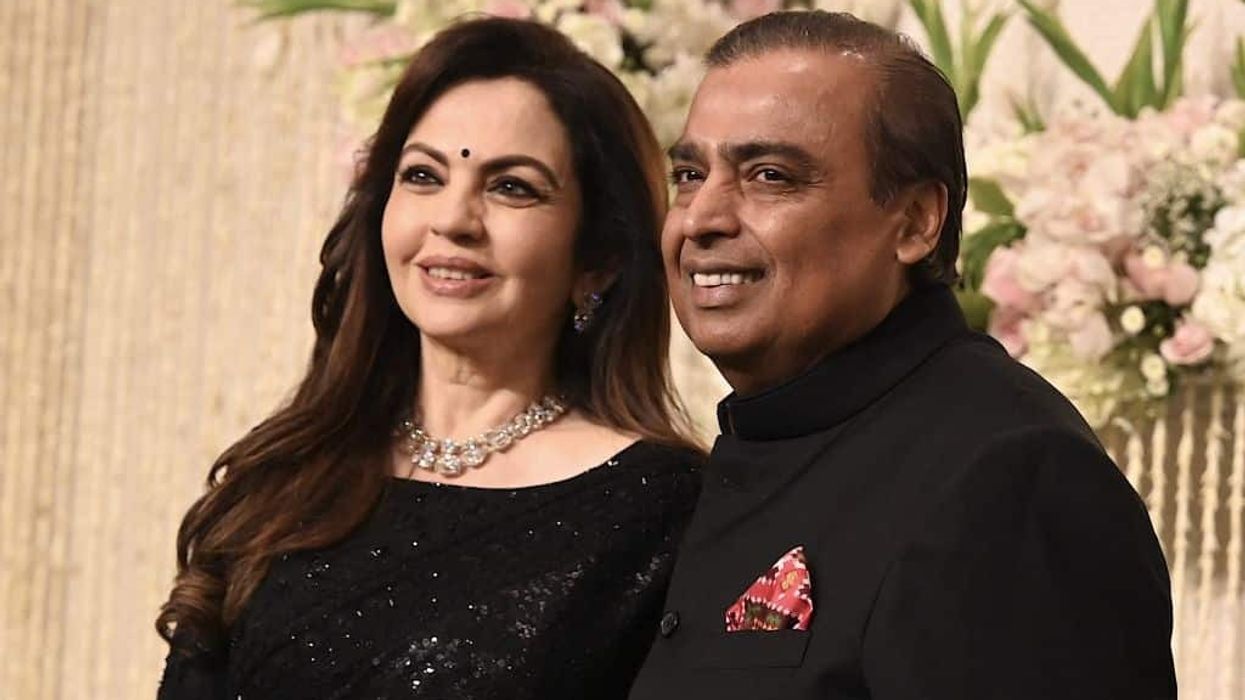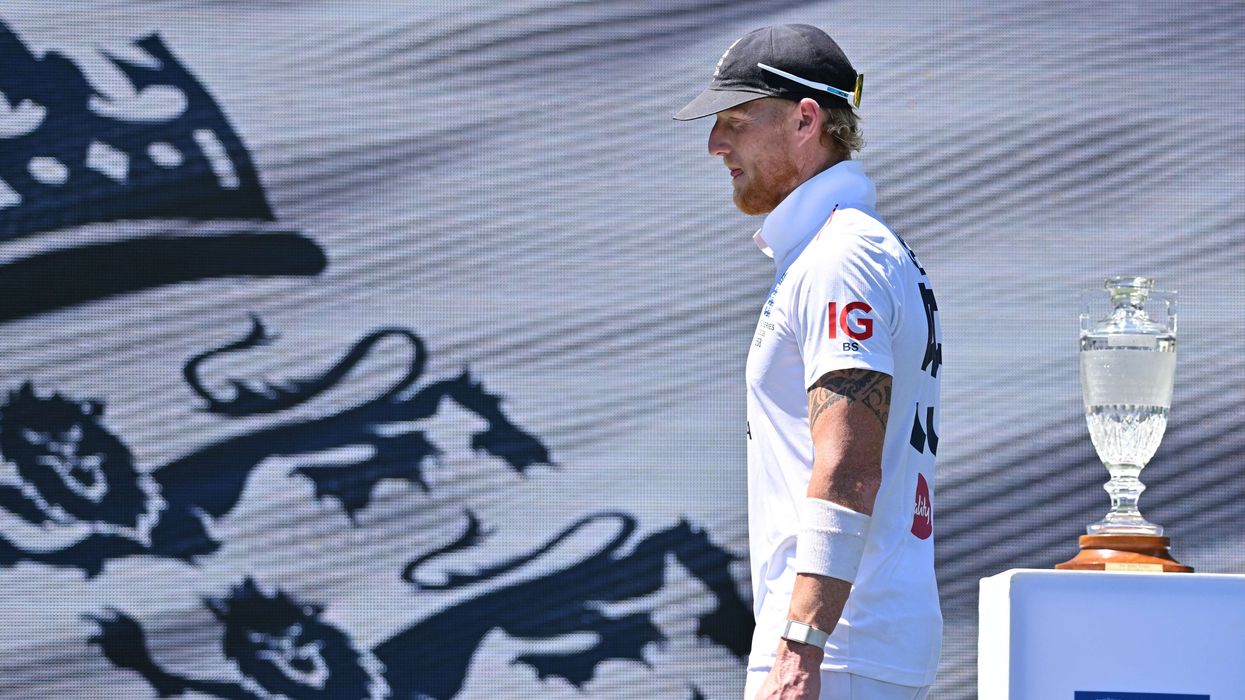AN Indian sprinter who recently broke a national record has said he wants to win an Olympic medal to inspire young athletes to pursue similar dreams.
Animesh Kujur, 22, last Saturday (5) smashed the 100-metre national record with a stunning 10.18 seconds at the Dromia International Sprint and Relays Meeting in Greece.
The Odisha athlete’s record-breaking performance was an improvement on Gurindervir Singh's previous mark of 10.20 seconds, making him the first Indian to hold both the 100m and 200m national records, simultaneously. His 200m record stands at 20.32 seconds, set at the Asian Athletics Championships in South Korea in May.
In an interview with Eastern Eye, Kujur said, "When I finished the line, I saw the clock and it stopped at 10.20. I was like, 'Oh, I just equalled the national record'. Then I went to my coach and said, 'Coach, if it was 10.19, then I could have done the national record, but I didn't.' Then my coach said, 'No, you did 10.18 - you did break the record.' I was like, 'Oh, wow.' Then my coach and I were shouting."
The achievement comes as Kujur prepares for another historic milestone - becoming the first Indian man to compete in the 200m at a Diamond League event in Monaco on Friday (11). Though competing in an under-23 race rather than the main event, his coach views it as a crucial experience.
"It's a big step up to eventually race against Noah Lyles (US athlete)," said Englishman Martin Owens, the head coach of Reliance Foundation Youth Sport Odisha High Performance Centre (HPC). "He'll get the atmosphere with 15,000 spectators without the pressure of running against the Olympic champion and world champion."
Kujur's transformation began when he joined the Reliance Foundation programme in December 2022. The change was dramatic and immediate. "Before joining Reliance, I was a normal athlete. I didn't know what professional training or a professional athlete's life looked like," he said. "After joining Reliance, I got everything - physio support, psychology, coach, everything. I came to know what a professional life looks like."

The foundation's investment in Indian athletics reflects the broader ambitions of the Ambani family, who are heavily backing India's Olympic aspirations both to host the Games in 11 years and to produce potential medal winners.
Nita Ambani sits on the International Olympic Committee, while her daughter Isha Ambani has joined the board of volleyball's international governing body, FIVB.
Mukesh Ambani, who heads Reliance Industries, is India’s richest.
For Kujur, the 200m remains his preferred event. "Because 200 is tougher compared to 100 metres. That's why I like to do 200, and from the beginning, my coach has been mainly focusing on 200 metres," he said.
Unlike traditional Indian coaching approaches that focus intensively on single competitions, Kujur's programme involves year-round planning and multiple competitive opportunities.
"My coach prepares my training for the next year - which is the main competition you have to focus on," he added. "Foreign coaches make you compete in so many competitions so that you can get more experience."
Recent training camps in Switzerland and working with movement specialist Chris Woolley have focused particularly on improving Kujur's starts - historically his weakest area. The work has paid dividends, with both athlete and coach noting significant improvements in his acceleration phase.
Owens, who has worked with Kujur for almost three years, credited the athlete's dedication and the systematic approach they've developed together. "When he came to the HPC, he was a 21.1-21.2 runner, and now he's a 20.32 runner," Owens said. "That's a lot of his hard work and dedication. He learns all the time, makes mistakes - like we all do - but he tries not to make the same mistake twice."
His strategy extends beyond individual achievement to building a sustainable sprint programme for India. "The aim is to get as many athletes running and training with each other as possible, supporting each other," he said. "We're driving the relay programme. Very few athletes in India at the moment are going to be competitive on the world stage individually, but the young sprinters we've got could collectively be competitive in relays."
The foundation promotes clean athletics, with the coach proudly noting that Kujur is "the most tested athlete in India" and emphasising "there are no shortcuts - hard work is the best way."

For Kujur, the immediate focus is performing well at the World Championships, where he wants to break the pattern of Indian athletes failing to deliver at major competitions. "Every time Indian athletes go to big competitions, but they don't perform. I want that if I'm competing in World Championship - such a big competition - I want to perform well there."
Looking ahead to the Los Angeles Olympics in 2028, Kujur spoke of his ambition. "For longer term, I'm preparing for the Olympics - I want to win a medal for India in Los Angeles," he added.
His coach shares this optimism, believing that international exposure is crucial for development. "You need to get out of your backyard to get a good view of the world," he said. "That exposure trip last year changed Animesh completely. This one will make him better."
Owens added that Kujur holds "10 of the top 10 times run in India this year" in his events, with "the second fastest runner half a second behind him, which is massive in sprinting."














